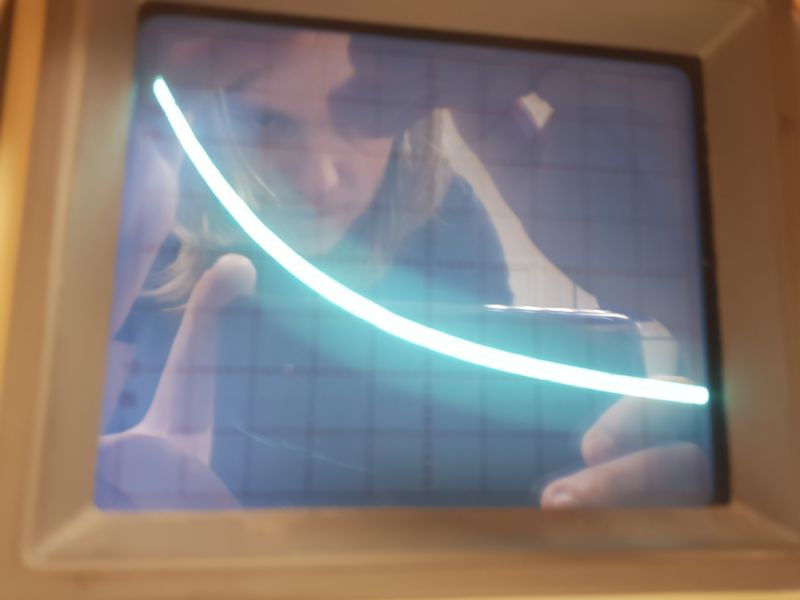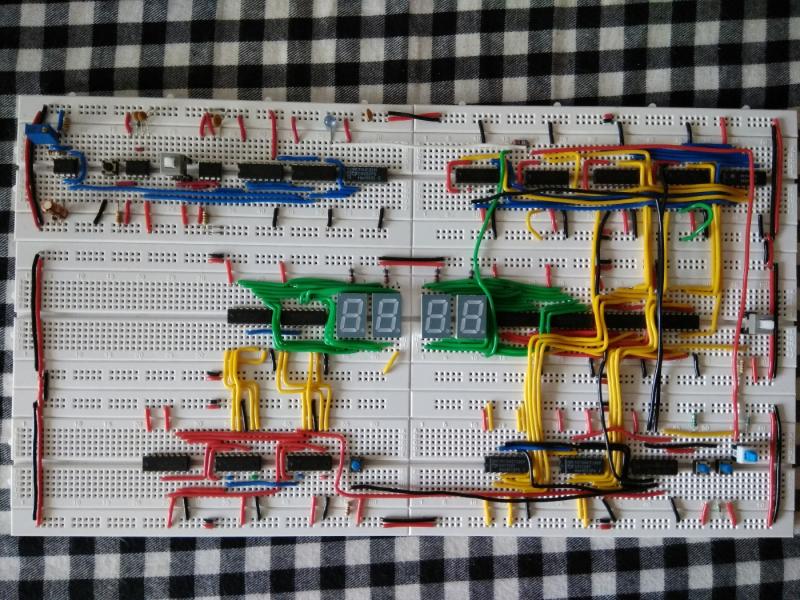Ranter
Join devRant
Do all the things like
++ or -- rants, post your own rants, comment on others' rants and build your customized dev avatar
Sign Up
Pipeless API

From the creators of devRant, Pipeless lets you power real-time personalized recommendations and activity feeds using a simple API
Learn More
Comments
-
 jonii24837yThat's a classic.
jonii24837yThat's a classic.
Once I wanted to make a webapp for an arduino project in school and ended up trying to figure out how the school's network infrastucture and it's firewall works, just so I could put my arduino in it. -
I doubt a capacitor will help here. True, it will buffer the voltage, but as long as it does that, it is the capacitor that delivers the current - the PSU will do its switch only when the capacitor can't do that anymore because it's empty. You'll still have the voltage drop when the PSU wakes up, just some 100 ms later.
-
 Fradow8987y@Fast-Nop thanks for the explanation. Being very inexperienced with electronics, my strategy to repair anything is "open it up, change any visibly damaged capacitor, see if it works".
Fradow8987y@Fast-Nop thanks for the explanation. Being very inexperienced with electronics, my strategy to repair anything is "open it up, change any visibly damaged capacitor, see if it works".
I'll probably give up and just use another one if it doesn't work. I only have this one on hand, that's why I want to repair it, but said friend will give me a few more next time we see each other. -
It's been a long time since I've refurbished a PSU so I don't remember many details (such as currents, voltages, wire colors and so on), but:
1. Have you shorted the power on wire to the ground? The first time I tried to use a PSU as a bench unit I simply wired everything up expecting it to simply work. Turns out there's a wire which must be connected to GND in order to actually turn it on.
2. Some units require a minimum load to stay on. This can be a power resistor connected permanently to the 3.3V or 5V wire. Beware of the heat. This may not be necessary. -
 Fradow8987y@thewanderer I'm trying to use the standby power. It's rated 2A @ 5V (10W), normally well over what a Raspberry Pi need. It just doesn't provide that much, not even close.
Fradow8987y@thewanderer I'm trying to use the standby power. It's rated 2A @ 5V (10W), normally well over what a Raspberry Pi need. It just doesn't provide that much, not even close.
Your advice is about turning the main PSU on. I'll only need that for the LEDs (which have a max draw of about 120W, can' be done on stand-by)
I did try to turn it on for testing, no problem for that (though I didn't try to draw power yet, just saw fan turn on when connecting the green wire to ground). -
@Fradow does the PSU really deliver that standby power on all 5V lines, or is there some special "standby 5V"? Is it the latter one that doesn't work?
I initially misread your post, thinking that standby works but has a voltage drop on standby once you power up the main PSU for the LEDs. -
 Fradow8987y@Fast-Nop there is a special "stand-by" line, identified by the purple wire.
Fradow8987y@Fast-Nop there is a special "stand-by" line, identified by the purple wire.
As soon as your PSU is plugged in and switched on with the physical on/off button, you can start drawing power from it (generally about 2A on most modern PSU), even though the PSU is turned "off": its fan is not spinning, and there is no power on the main 5V and 12V rails (from which hard drive and CD player draw power from for example). To start those, you need to put the green wire to ground (which is what tells the PSU "you need to power on for real, computer is starting").
In my case, the stand-by line experience a huge voltage drop starting a 20mA (well under the rated 2A), meaning it's not delivering up to specs. -
 Fradow8987y@Fast-Nop update: changing the condensator did in fact fix the PSU.
Fradow8987y@Fast-Nop update: changing the condensator did in fact fix the PSU.
Voltage drop still is quite bad (about 4V remaining at 900mA while it's rated for 5V @ 2A), but it's the same on 2 other PSU I tested. A last one just isn't able to power up the Pi, it probably has something busted too.
All 3 of those PSU are used (apparently runned 24/7 for about 2 years and were stored for 2 more years), so the problem might be used parts on all of them.
The voltage drop is about the same on all 3 working ones: 4.3V to 4.5V when drawing 500mA, and 3.8 to 4V when drawing 900mA.
Luckily the Pi is quite lenient in the voltage it accepts, so it'll have to make do.
Related Rants

 From today, this beauty is 'ticking' on my desk :D
From today, this beauty is 'ticking' on my desk :D Today at school I borrowed an oscilloscope and a few capacitors and used a circuit I made at home to just demo...
Today at school I borrowed an oscilloscope and a few capacitors and used a circuit I made at home to just demo... My Mini-project for college. Any electronics enthusiasts here?
My Mini-project for college. Any electronics enthusiasts here?
I just wanted to develop a cool webapp-controlled lighting for my bar.
Next things I know, there is electronics scattered everywhere, 2 multimeters to find what the fck is wrong with a PSU not outputting 1/100 of the current it's supposed to, said PSU opened on my desk, and I'm trying to find a capacitor online because there isn't any fcking electronics store selling spare parts anymore in my city.
Context:
- PSU means Power Supply Unit, in this case a computer one.
- PSU was given by a friend and is out of warranty
- the total consumption for all LEDs is 24A @ 5V consumption. A refurbished PSU is ideal for that
- that PSU is rated 2A @ 5V on the stand-by, which is perfect to power a Raspberry Pi. The issue is that there is a sharp voltage drop as soon as you try to use more than 20mA.
rant
electronics